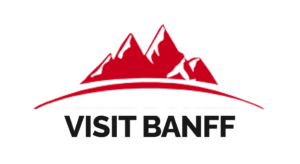PUBLIC SAFETY INFORMATION
Stay updated with essential safety information while exploring Banff. From wildfire alerts and road conditions to wildlife safety guides. This page provides everything you need to plan a safe and responsible visit to the area.
Current
Road Conditions Information
Current
Wildfire Information
Wildfires are a natural part of the ecosystem in Banff National Park, helping to renew forests and maintain biodiversity. However, they also pose a significant risk to visitors, wildlife, and surrounding communities, particularly during the dry summer months. In recent years, wildfire activity in the Canadian Rockies has increased, leading to smoky conditions, trail closures, and even evacuations. Fire bans and restrictions are regularly implemented to reduce the risk of human-caused wildfires, and it’s crucial for visitors to follow all park guidelines. Whether you’re camping, hiking, or simply enjoying the outdoors, staying informed about wildfire conditions and practicing fire safety helps protect this iconic landscape for future generations.
NUMBER OF ACTIVE WILDFIRES
0
310
REPORT A WILDFIRE
NUMBER OF NOTABLE WILDFIRES
0
RECOMMENDED SAFETY ITEMS
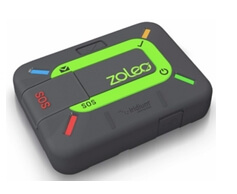



Current
Avalanche Information
Current
Avalanche Information
Avalanche Equipment Checklist
Avalanche Transceiver / Beacon
Avalanche Probe
Avalanche Shovel
Avalanche Airbag
BUY THEM HERE




Current
Road Conditions Information
Current
Road Conditions Information
Driving through Banff National Park offers some of the most breathtaking scenery in the world, but it also comes with unique challenges that require careful preparation. Whether you’re cruising along the Icefields Parkway, navigating the winding roads of Bow Valley Parkway, or heading into the mountains for a backcountry adventure, road conditions can change rapidly due to weather, wildlife, and seasonal factors. Check the map for any road closures, accidents, and construction delays.
Important Things To Know
Cell Service does not work in most areas of the park
Elk account for more human attacks than all other animals combined
Wildfire Season is March to November
Avalanche season is November to April
90% of avalanches are caused by the victims
11 people annually die from avalanches in the park
In the winter, snow tires are mandatory in many park roads
Keep pets leashed! Free flowing pets attract predators
Dusk and dawn are the most active time for animals
Never hike alone!
ANIMAL SAFETY GUIDES
Click on the animal to find out!
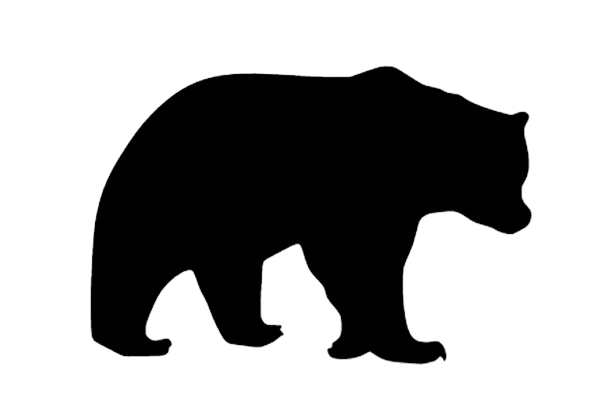
Bear
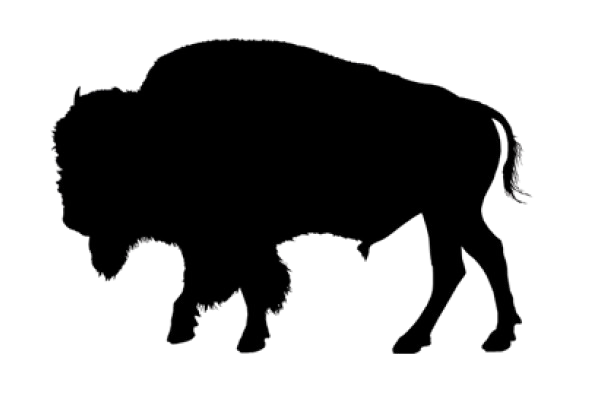
Bison
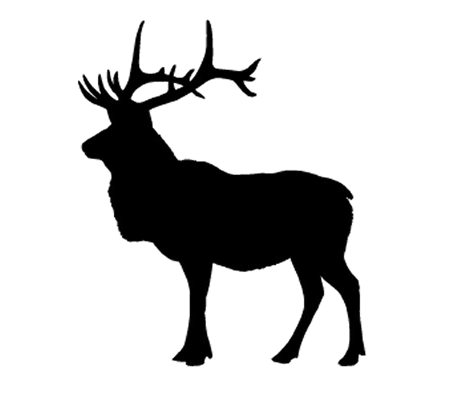
Elk

Cougar (Lion)
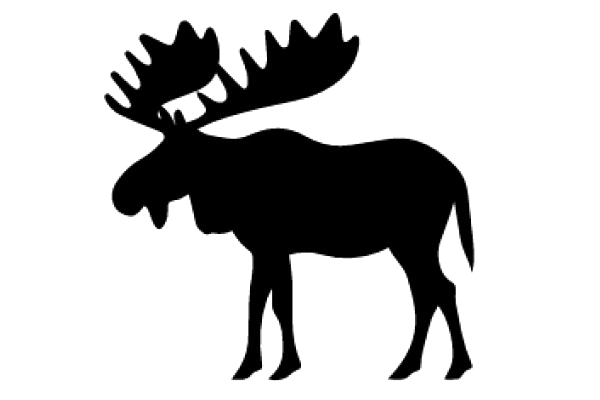
Moose
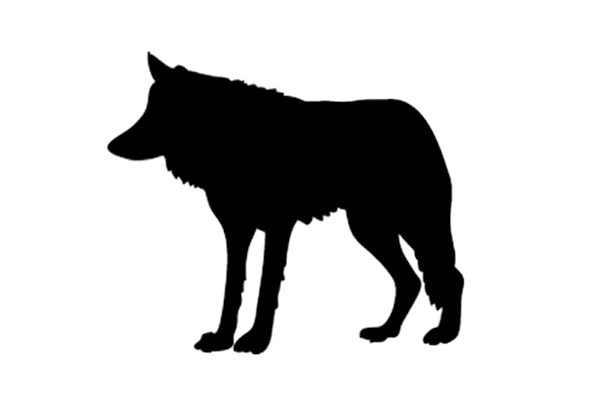
Wolf
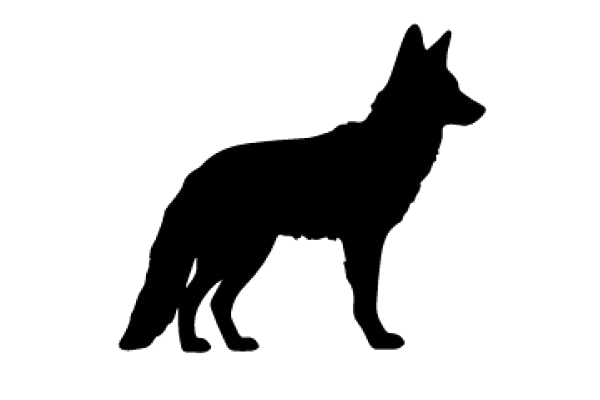
Coyote
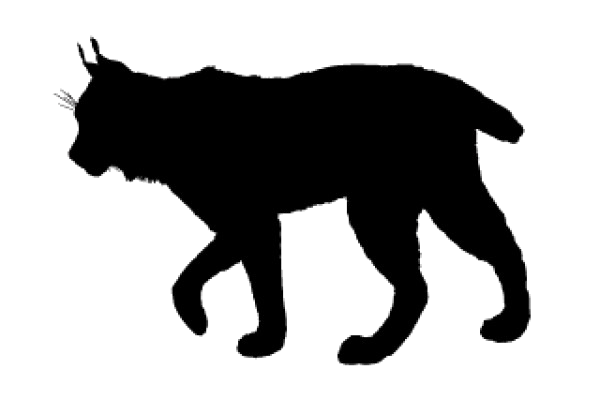
Lynx (Bobcat)
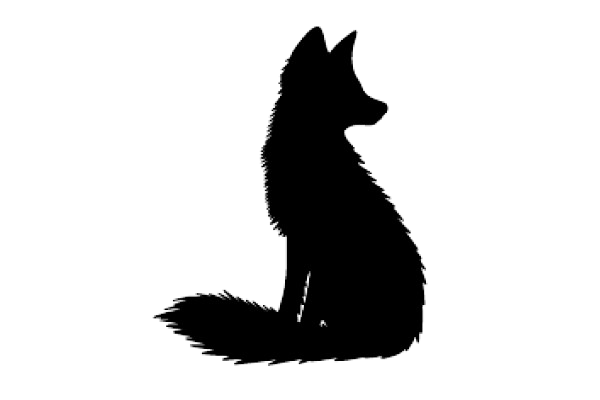
Fox
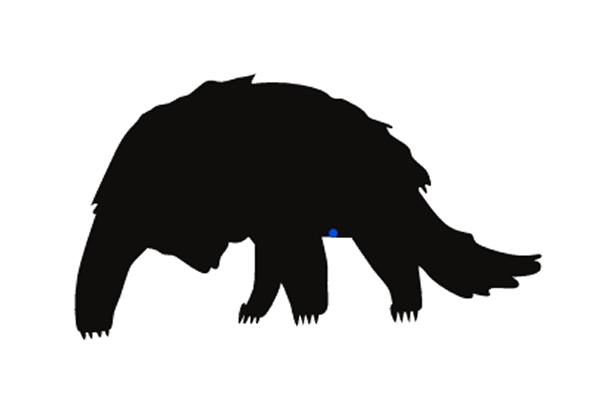
Wolverine
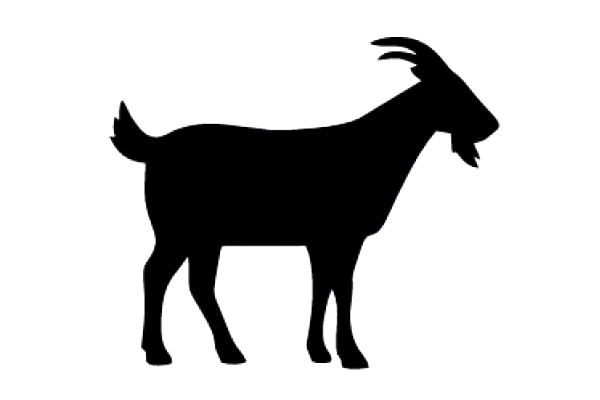
Mountain Goat
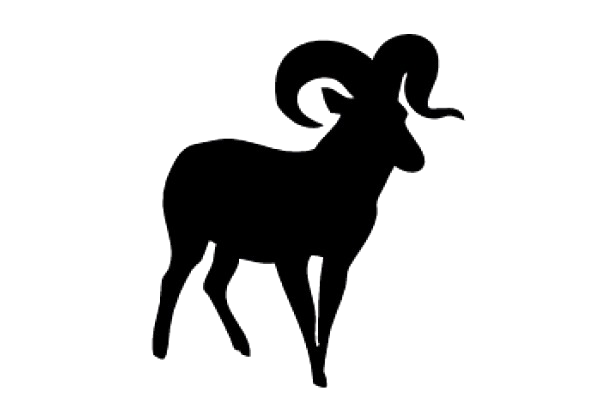
Bighorn Sheep
Frequently Asked Questions
What should I do in case of an emergency in Banff National Park?
Call 911 for life-threatening emergencies.
For park-specific emergencies like wildlife encounters or backcountry incidents, contact Banff Park Dispatch at 403-762-1470.
Is Banff National Park safe to visit year-round?
Yes, but conditions vary by season. Always check weather forecasts, avalanche conditions, and trail closures before heading out.
How do I report an incident or safety concern in the park?
Call Banff Park Dispatch at 403-762-1470 to report wildlife encounters, lost persons, or safety hazards.
What should I do if I see a bear?
Stay calm, don’t run, and slowly back away while speaking calmly. Carry bear spray and know how to use it. If a bear approaches, stand your ground and prepare to use your spray. For more information see your Bear Safety Information Sheet.
Are there any specific precautions for hiking in bear country?
Yes. Travel in groups, make noise to alert wildlife of your presence, carry bear spray, and store food properly. Always follow posted warnings.
Can I feed or approach wildlife?
No. Feeding or approaching wildlife is illegal and dangerous. Maintain a safe distance (at least 30m for bison, elk, and sheep; 100m for bears, wolves, and cougars).
What should I do if I encounter an aggressive elk?
Give the elk plenty of space and avoid sudden movements. If it charges, use trees or other objects as barriers and retreat safely. For more information, consult our Elk Safety Information Sheet.
Do I need to register for backcountry trips?
Yes, backcountry users must have a permit. Visit the Parks Canada website to book your campsite and check for any advisories.
What should I pack for a safe hike in Banff?
Essentials include:
- A map or GPS
- Extra layers & rain gear
- Water & high-energy snacks
- Bear spray
- First aid kit
- Flashlight or headlamp
Are there areas where hiking alone is not recommended?
In a general sense, you should never hike alone. Some trails have group access requirements due to bear activity. Always check Parks Canada trail updates before heading out.
What are the risks of winter travel in Banff?
Avalanche risk, extreme cold, and icy conditions are major hazards. If you plan to explore, check avalanche reports at avalanche.ca and carry proper gear (avalanche beacon, probe, shovel).
Are all roads open year-round?
No. Some roads, like Moraine Lake Road, close in winter. Check road conditions on the Alberta 511 website before traveling
How do I prepare for sudden weather changes?
Dress in layers, carry extra supplies, and be prepared for rapid shifts in temperature, especially in higher elevations.
Are wildfires common in Banff National Park?
Wildfires can occur, especially in hot, dry summers. Parks Canada monitors wildfire risk and may issue fire bans or restrictions when necessary.
How can I check for wildfire warnings before visiting Banff?
Check the Parks Canada website or Alberta Wildfire (wildfire.alberta.ca) for up-to-date fire conditions and alerts.
What should I do if I see smoke or a wildfire?
Call 911 or 310-FIRE (3473). If you are in immediate danger, leave the area quickly and follow official evacuation instructions.
Are campfires allowed in Banff?
Campfires are only permitted in designated fire pits at campsites. During high fire risk, a fire ban may be in place, meaning no open flames are allowed, including in fire pits.
How can I prevent wildfires while camping or hiking?
Follow all fire bans and restrictions. Never leave a campfire unattended, and fully extinguish it before leaving. Avoid using fireworks, sparklers, or flammable materials. Dispose of cigarette butts properly—never throw them on the ground.
What should I do if there’s a wildfire near my location?
Stay informed via official alerts. If evacuation orders are issued, leave immediately and follow directions from park officials or emergency services.
Can I drink water from lakes and rivers in Banff?
No. Always filter, boil, or treat water from natural sources to avoid illness.
How should I store food while camping?
Use bear-proof lockers at campsites or store food in a hard-sided vehicle. Never leave food unattended.
What should I do if I see wildlife while driving?
Slow down, stay in your vehicle, and never feed or approach wildlife. If you must stop, pull over safely without blocking traffic
Is cycling safe in Banff National Park?
Yes, but cyclists should wear helmets, use bike lights, and be aware of wildlife. Certain roads have restricted vehicle access for safer cycling.
